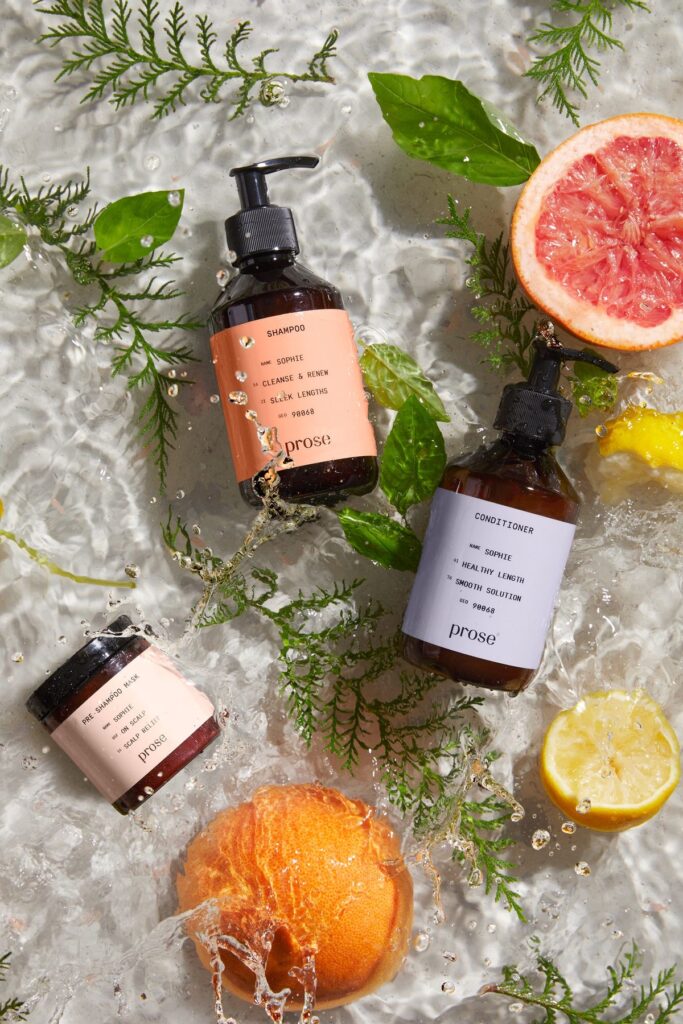Check out our work and its impact.

Explore the critical role of personalization in today’s consumer packaged goods (CPG) industry. Discover expert insights, real-world examples, and proven strategies to create lasting brand connections.


In the ever-evolving landscape of consumer packaged goods (CPG), building a personalized brand is no longer a luxury but a necessity. As technology and customer expectations change, it’s imperative for CPG brands to connect with their audience on a more personal level. This personalization is not limited to consumer products but extends across all aspects of the brand experience, from advertising to marketing and social media. Let’s explore some valuable insights and real-world examples from each of these domains.
In the world of CPG, personalization is about crafting a brand that genuinely resonates with individuals, meets their unique needs, and fosters a sense of belonging. Here’s how to infuse personalization into your CPG brand:
Before personalization can begin, it’s crucial to understand your audience and segment them effectively. Analyze data to create well-defined customer personas. Kellogg’s, for example, uses segmentation to target specific audiences for various cereal brands, customizing their marketing messages based on consumers’ ages, dietary preferences, and more.
Once you’ve identified your audience segments, offer personalized product recommendations. For example, Amazon’s “Frequently Bought Together” and “Recommended for You” sections use algorithms to suggest products that match users’ browsing and purchase history.
Consider launching distinct marketing campaigns for specific customer segments. Coca-Cola’s “Share a Coke” campaign famously printed individual names on their bottles, making customers feel personally connected to the product.
Social media plays a significant role in CPG personalization. Engage with customers through interactive content, such as polls and surveys.
Encourage customers to create content related to your products. Lays’ “Do Us a Flavor” campaign invited customers to create unique chip flavors, fostering a sense of co-creation and personal connection with the brand.
Personalized packaging can leave a lasting impression. Coca-Cola did this wonderfully by putting common first names on its bottles, while Snickers replaced its logo with 21 hunger symptoms, creating a playful experience for consumers.
Reward customer loyalty through personalized programs. Starbucks’ “My Starbucks Rewards” offers customers personalized discounts and freebies based on their purchase history.
Craft personalized email marketing campaigns based on customer behavior and preferences.
Create content that speaks directly to the interests and pain points of your customer segments.
Create a feedback mechanism that allows customers to share their preferences and concerns. A personal response to feedback can make a world of difference in the customer’s perception of your brand.
In today’s hyper-competitive CPG landscape, personalization isn’t just a trendy term. It’s a powerful tool that can give your brand a distinct edge. From understanding your audience through segmentation to creating tailor-made marketing campaigns and interactive social media experiences, every facet of personalization contributes to the overall success of your CPG brand.
Remember, in personalizing your CPG brand, you’re not just creating a product or service. You are fostering a meaningful relationship with your customers. Make your brand their own, and you’ll find them returning the favor with loyalty and advocacy. Personalization isn’t just about a one-time purchase; it’s about building a long-lasting, emotional connection. Want to discuss personalized CPG strategies for your brand? Connect with Resplendent Agency, and let’s embark on the journey to a personalized CPG experience that resonates deeply with your audience.
– Julia M.
Check out our work and its impact.